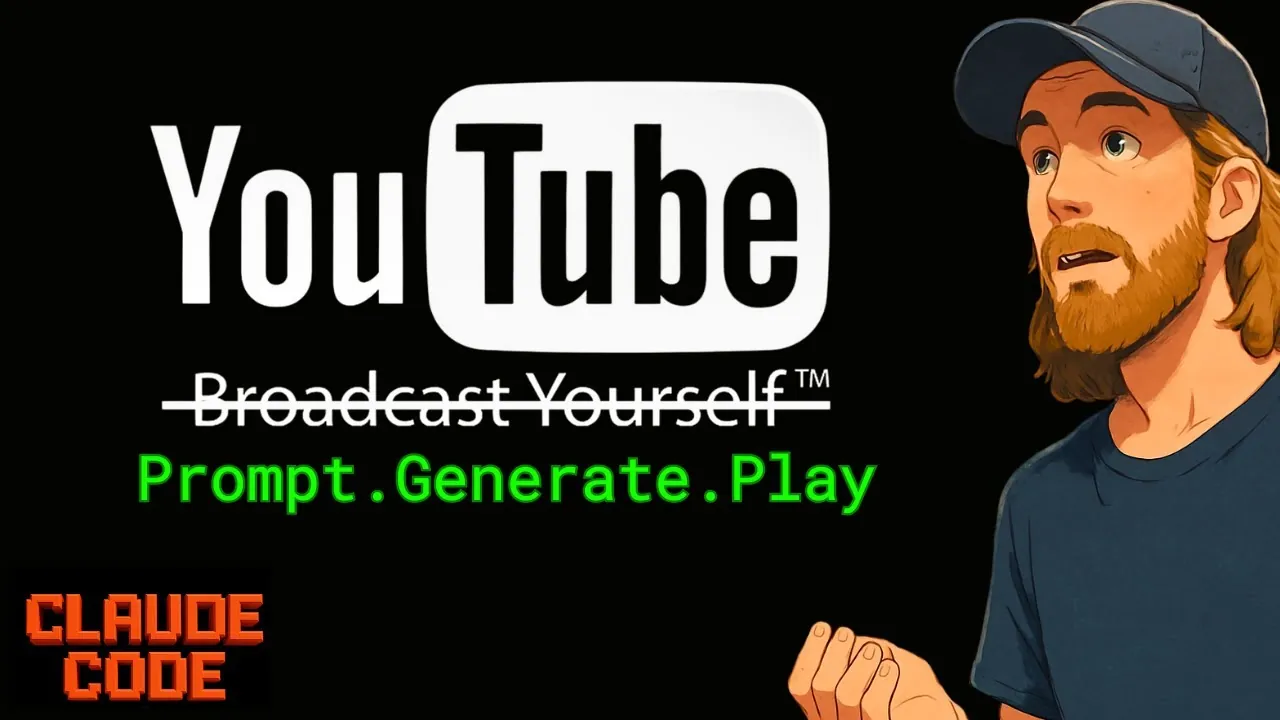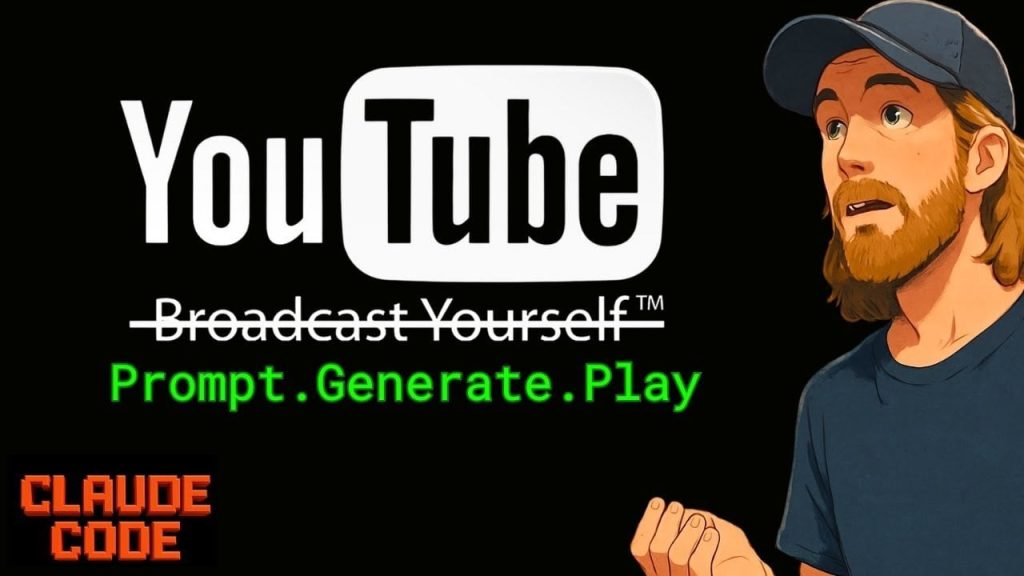
What if you could create a fully functional, autonomous AI video agent in the time it takes to brew your morning coffee? Bold claim, right? Yet, with today’s advanced AI models, cloud tools, and intuitive APIs, this isn’t just possible—it’s surprisingly straightforward. Imagine having a system that can analyze trending YouTube shorts, deconstruct their content, and generate fresh, engaging videos—all without requiring hours of manual effort. Whether you’re a content creator looking to scale your output or a tech enthusiast eager to explore the cutting edge of AI, the tools to achieve this are more accessible than ever. The kicker? You can set it all up in just 15 minutes.
All About AI reveals how to build an AI video agent that combines automation, creativity, and precision into a seamless workflow. From integrating the YouTube Data API to generating custom visuals and automating repetitive tasks, each step is designed to save time while delivering high-quality results. But this isn’t just about speed—it’s about unlocking new possibilities in content creation. What strategies can you use to ensure your AI agent produces videos that resonate with your audience? How can you customize its output to reflect your unique style? By the end, you’ll have a clear roadmap for building a system that doesn’t just replicate content but reimagines it. The potential is vast—what will you create?
Build an AI Video Agent
TL;DR Key Takeaways :
Integrate the YouTube Data API to analyze and retrieve trending short-form video content, focusing on high-performing videos for your AI agent to process.
Use advanced AI models like Gemini 2.5 Pro to deconstruct video content into structured data, identifying key scenes, transitions, and themes for precise content recreation.
Generate visual assets using tools like Google’s image generation APIs and Cling 2.1, transforming scene descriptions into cohesive video clips with consistent aesthetics.
Automate the workflow by configuring API keys, developing Python scripts, and using cloud-based platforms to streamline data processing and task management.
Customize and refine content by experimenting with visual styles, scene lengths, and audience-specific themes, followed by iterative testing to improve quality and engagement.
1: Integrate the YouTube Data API
The first step in building your AI video agent is integrating the YouTube Data API. This powerful tool enables you to identify and analyze the top 10 most-viewed short-form videos from the past week, giving you access to high-performing content that resonates with audiences.
Key actions to take:
Obtain an API key from the YouTube Developer Console to enable access.
Query the API to retrieve metadata, including video titles, descriptions, view counts, and other relevant details.
Extract video URLs to ensure your pipeline processes only the most relevant and engaging content.
By starting with a foundation of trending videos, your AI agent is equipped to focus on content that has already proven its appeal.
2: Analyze and Deconstruct Video Content
After gathering video URLs, the next step is to break down the content into structured, actionable data. Advanced AI models, such as Gemini 2.5 Pro, can analyze each video and generate detailed scene descriptions, capturing both narrative and visual elements.
Key tasks in this stage:
Use AI tools to extract structured scene descriptions from each video.
Identify key moments, transitions, and recurring visual themes within the content.
Create AI image prompts based on the extracted scenes to guide the next stages of content generation.
This analysis provides the framework for your AI agent to recreate content with precision, making sure relevance and quality.
Build an Autonomous AI Video Agent in just 15 Minutes
Explore further guides and articles from our vast library that you may find relevant to your interests in Autonomous AI video agent.
3: Generate Images and Video Clips
With scene descriptions and prompts in hand, the next phase involves generating visual assets. Tools such as Google’s image generation APIs and Cling 2.1 are ideal for producing high-quality images that align with the extracted prompts. These images can then be transformed into cohesive video clips.
Steps to follow:
Input the scene prompts into image generation tools to create visuals that match the descriptions.
Use video editing software or AI tools to stitch the generated images into seamless video clips.
Ensure the final product maintains a consistent aesthetic and narrative flow to enhance viewer engagement.
This stage is essential for translating raw data into visually appealing and engaging content.
4: Automate Your Workflow
Automation is a critical component of building an efficient AI video agent. By configuring API keys and using Python modules, you can connect the various tools and components of your workflow. Cloud-based platforms, such as Cloud Code, can further enhance efficiency by automating repetitive tasks.
Automation strategies:
Set up API keys for all tools to ensure seamless integration and data flow.
Develop Python scripts to automate the orchestration of data between components, such as the YouTube client, Gemini client, and image generation tools.
Use cloud automation platforms to handle tasks like data retrieval, processing, and storage.
By automating these processes, you can focus on refining your content rather than managing manual workflows.
5: Customize and Refine Your Content
Customization allows your AI agent to stand out by tailoring the recreated content to your specific goals and audience preferences. By experimenting with scene selection strategies and visual styles, you can differentiate your content while maintaining its core appeal.
Approaches to consider:
Adjust scene lengths to create shorter, more engaging clips that capture attention quickly.
Incorporate unique visual styles, such as anime or minimalist aesthetics, to give your content a distinct identity.
Focus on specific themes or elements that align with your target audience’s preferences and interests.
This step ensures your content is both original and optimized for audience engagement.
6: Test and Iterate
The final step involves testing your AI video agent and refining its output. By generating sample images and video clips, you can evaluate the system’s performance and identify areas for improvement. Iterative testing is crucial for fine-tuning the process and achieving better results over time.
Testing checklist:
Assess the quality of generated images and videos, making sure they meet your standards.
Identify and resolve inconsistencies in style, narrative flow, or visual coherence.
Iterate on the workflow to enhance both efficiency and effectiveness, adapting to new challenges as they arise.
Continuous testing and refinement ensure that your AI agent evolves to meet changing demands and expectations.
Unlocking New Possibilities in AI-Driven Content Creation
By combining APIs, AI models, and automation tools, you can develop a scalable and efficient AI-driven video generation workflow in just 15 minutes. This process not only simplifies video content creation but also opens up new opportunities for innovation in digital media. Whether you’re analyzing trending YouTube content or experimenting with creative styles, this guide provides a practical framework for building an autonomous AI video agent that delivers impactful results.
Media Credit: All About AI
Filed Under: AI, Guides
Latest Geeky Gadgets Deals
Disclosure: Some of our articles include affiliate links. If you buy something through one of these links, Geeky Gadgets may earn an affiliate commission. Learn about our Disclosure Policy.

